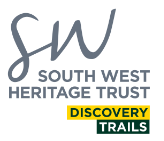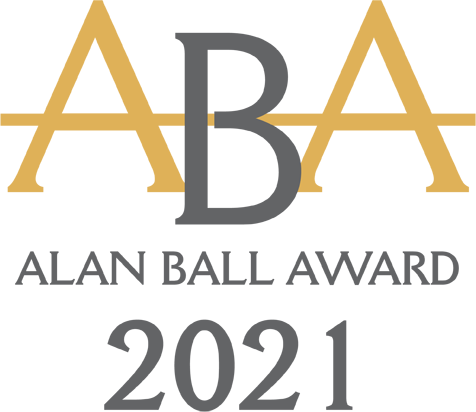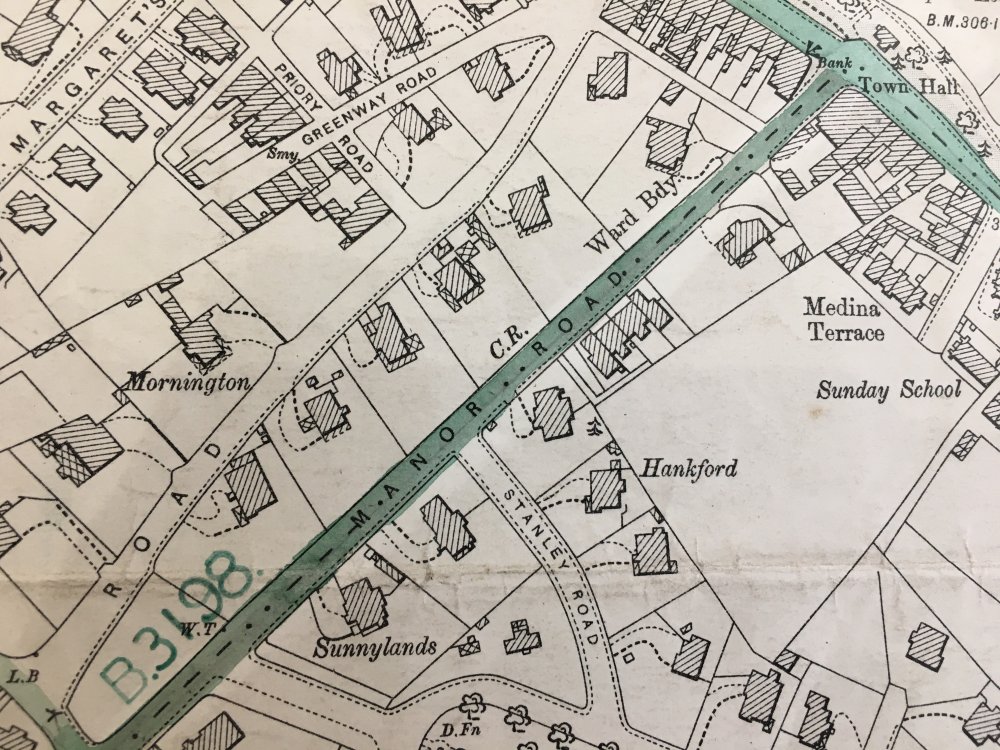
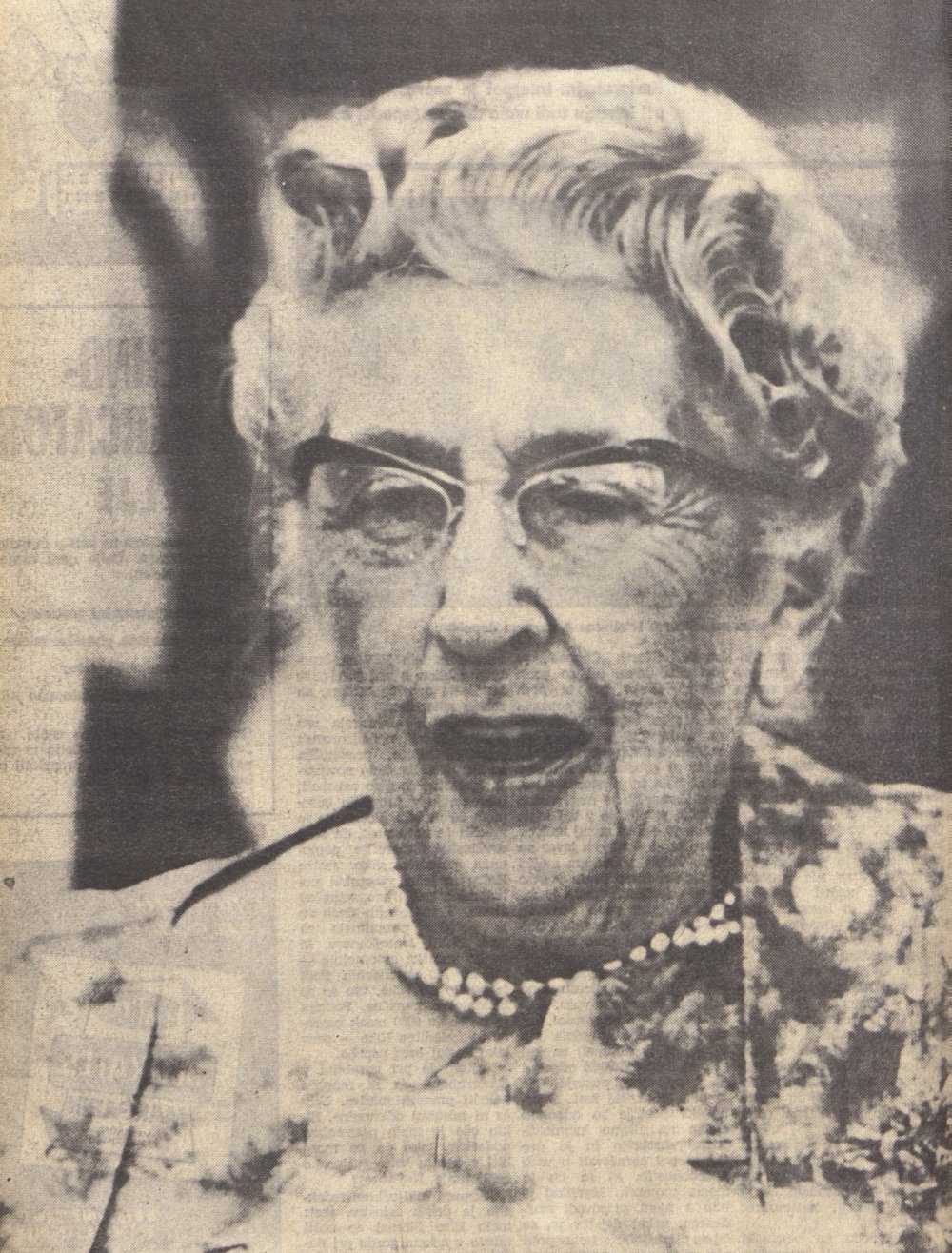

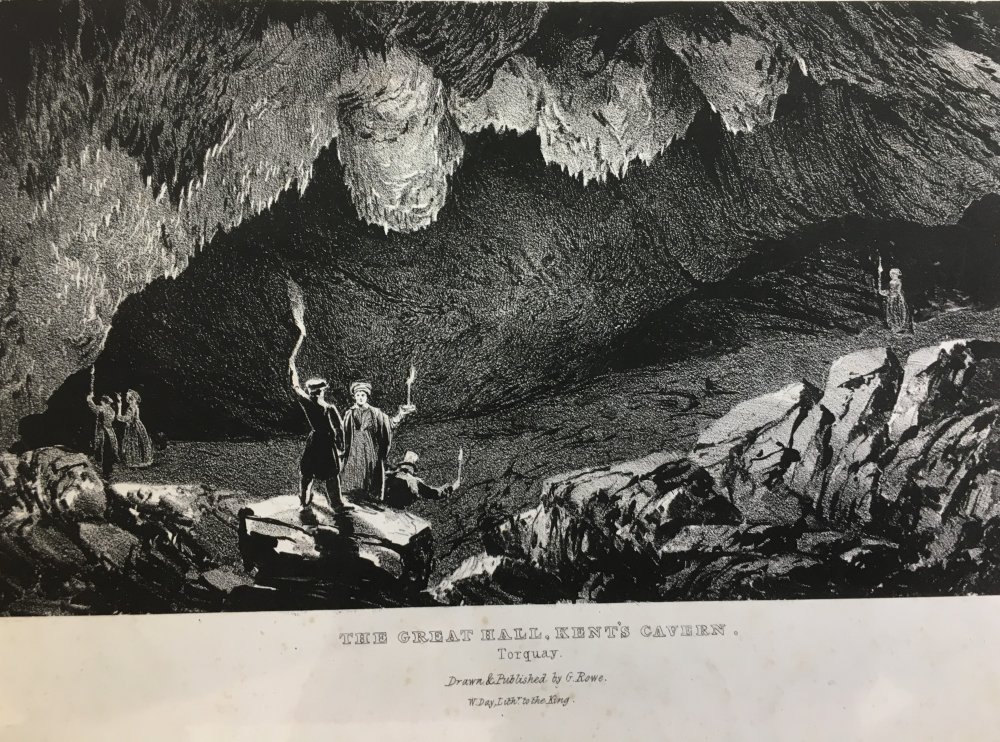
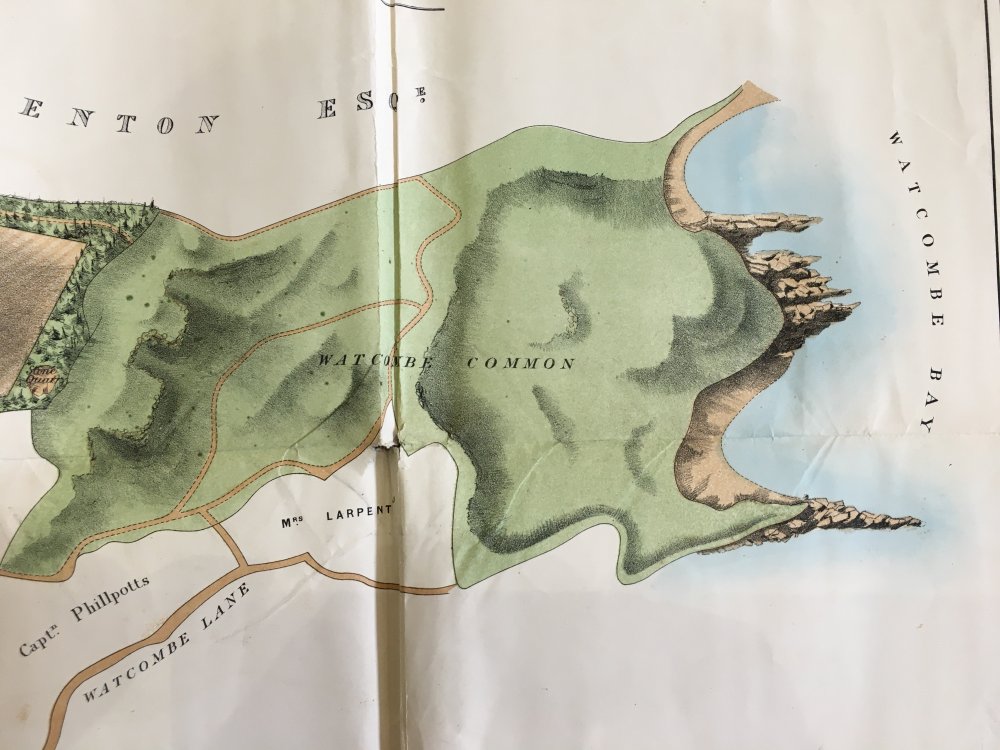
I'm a Teacher
Getting learners to think and learn like a historian using images and documents from Devon archives
Look
Get learners to describe what they can see. Encourage observational comments. Encourage learners to describe the content and appearance of the source as fully as possible, as the caption can often be crucial to making this more accessible to students. Sometimes they forget to check the caption, so directing them to the caption first can really help.
Ask
What questions need asking and answering to make sense of what you have seen? Encourage learners to be more analytical, in order to make sense of observations. Encourage questions like ‘What would it have been like?' 'Why might the photograph have been taken?’ or ‘Why was this letter written?’ are some examples.
Conclude
What have you learned about the issue that you are investigating from the source examined? Encourage learners to draw some conclusions about the key historical question that they have been asked from the source examined.
Expand
What else would you like to know about? How can you find out? At the Expand stage learners should start to think more widely about the other sources that could help them to find out more about a particular aspect of their study.
Documents
Documents can include letters, diaries, newspapers, advertisements, plans and maps. When learners look at documents, encourage them to appreciate the difference between what is being said and how it is being said. They will also benefit from considering the effect of the language, tone and style used within a document, and who its intended audience might be.
Images
Paintings, portraits, drawings, and posters can reveal much about their era. It is helpful to discuss with learners the idea that artists choose to paint a picture in a particular way in order to give us a message. So, it is important to explore key aspects of the composition of an image at the observational stage. Similarly, teachers can discuss what the photographer might be trying to say in a photograph. Is it posed deliberately? Is it true that the camera never lies? Learners may also like to consider the purpose and audience for which the image - whether painting, photograph or poster - might have been created.
Further Sources
If you would like to incorporate more local history into your teaching you can contact the Devon Heritage Centre, Torre Abbey, Torquay Museum or local libraries. There have been lots of remarkable people linked to Torbay who are not included within this website, including Napoleon Bonaparte, Charles Darwin, Miranda Hart and many more. For information about local people and places organisations such as the ones listed can be a great start. They may also be able to help with resources on wider topics, including Torbay in the Second World War, Victorian holidays and many more.
When using the site, don't forget to click on 'Download PDF' on the home page. This contains photographs, detailed information, questions and answers about all the people who are featured on the site.
